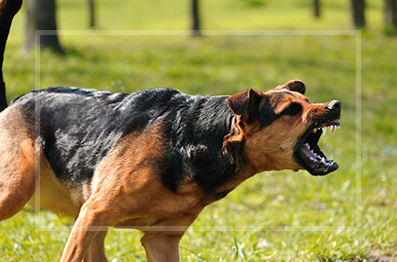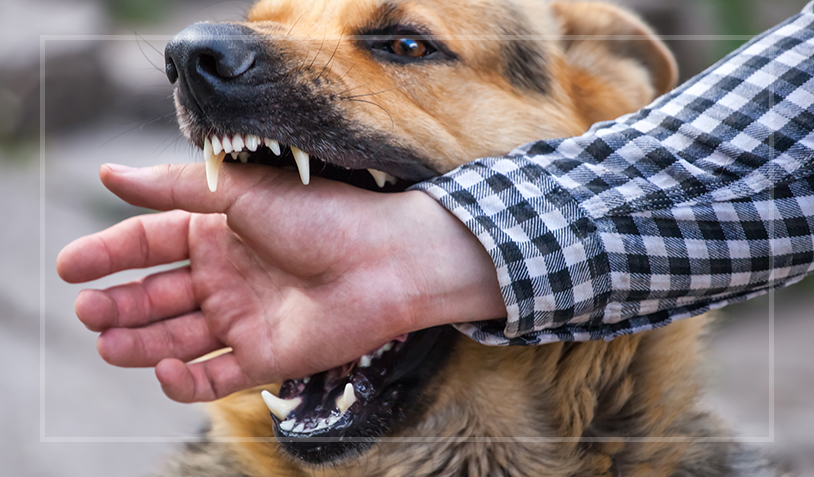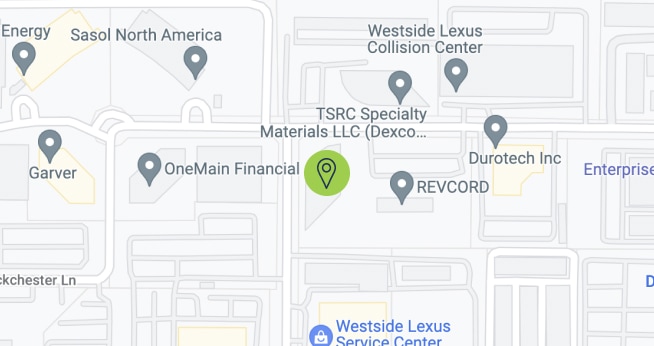Houston Dog Bite Injury Attorney

TABLE OF CONTENTS
Dog bites and attacks cause numerous deaths and serious disfiguring injuries every year in and around Houston. Children are especially vulnerable to getting attacked. If you or your child are injured by a dog attack, seek an experienced Houston dog bite injury lawyer at Fleming Law.
Dog Bite Lawsuits in Houston
In August 2016, an 86-year-old grandfather and Houston area resident was bitten in the leg by a neighbor’s dog.
He immediately had his injuries tended to at the hospital. Still, despite the professional medical care, the injury became a massive infection that turned his leg black and threatened his life.
Even worse, this episode wasn’t the first time he and his family had a run-in with the unruly canine. The dog has a habit of escaping from its yard and attacking children and families in the area.
What level of owner neglect was in play when, time after time, children and the elderly were unsafe in their own neighborhood?
Obviously, this should never happen in Houston, TX, or anywhere. Contact a dog bite lawyer near me.

If you or a loved one has been the victim of a dog bite it is important that you contact our Houston dog bite lawyers as soon as possible.




 Dog bite victims often wonder if it is worth pursuing a claim against an individual for the pain and suffering, medical expenses and other damages caused by a dog attack. The fact is that people often have insurance coverage that will provide the compensation you or your child deserves. We have had great success pursuing dog bite claims against people who have homeowner’s insurance. These policies usually provide liability protection which would cover dog bite claims. We have also seen situations where an auto insurance policy can cover a dog bite. Certainly, if the attack takes place on the property of a business, the commercial insurance policy should provide coverage.
Dog bite victims often wonder if it is worth pursuing a claim against an individual for the pain and suffering, medical expenses and other damages caused by a dog attack. The fact is that people often have insurance coverage that will provide the compensation you or your child deserves. We have had great success pursuing dog bite claims against people who have homeowner’s insurance. These policies usually provide liability protection which would cover dog bite claims. We have also seen situations where an auto insurance policy can cover a dog bite. Certainly, if the attack takes place on the property of a business, the commercial insurance policy should provide coverage.







